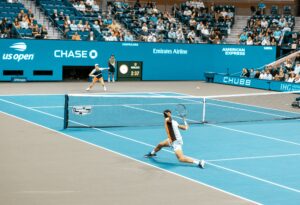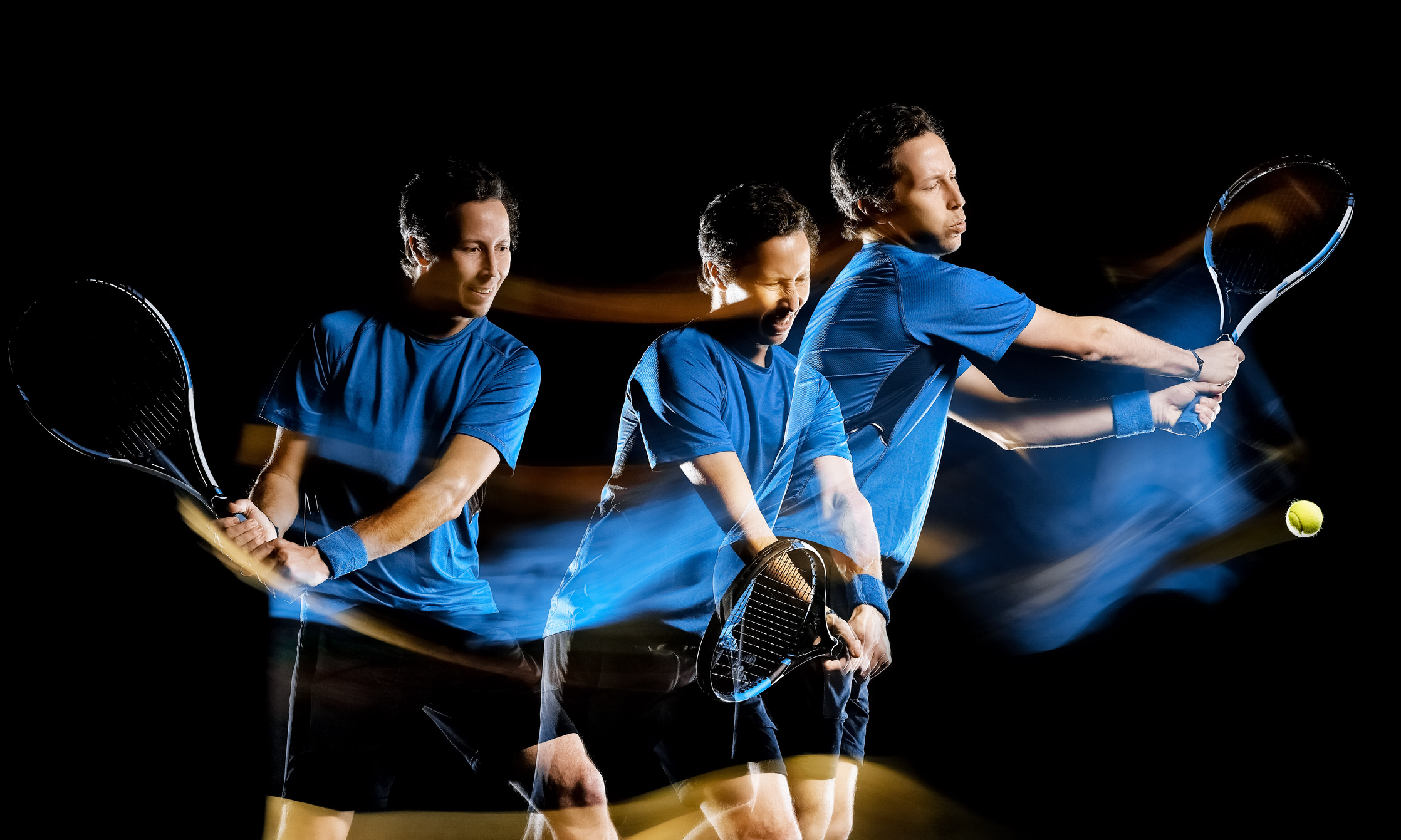
The Power of Precision: A tennis pro showcases formidable strength in a backhand stroke.
Understanding the Dynamics of Power and Speed in Tennis
In the competitive world of tennis, two elements stand out as game-changers: power and speed. Both aspects are crucial for any player aiming to dominate on the court. While power in tennis refers to the force behind shots, enabling players to hit harder and deeper, speed is about swift movement and quick reflexes, allowing players to cover the court effectively.
In this comprehensive guide, we delve into the nuances of tennis power and speed, exploring their impact, techniques to enhance them, and the perfect balance for optimal performance.
The Role of Power in Tennis
Power in tennis is not just about sheer strength; it involves a blend of technique, timing, and physical prowess. Powerful shots can intimidate opponents, forcing them into defensive positions. To develop this aspect, players often focus on core and upper body strength, alongside refining their stroke techniques.
Historically, tennis has seen some incredible power players. Figures like Serena Williams and Rafael Nadal have dominated the game with their formidable strength. They illustrate how mastering power can lead to overwhelming success on the court.
The Significance of Speed in Tennis
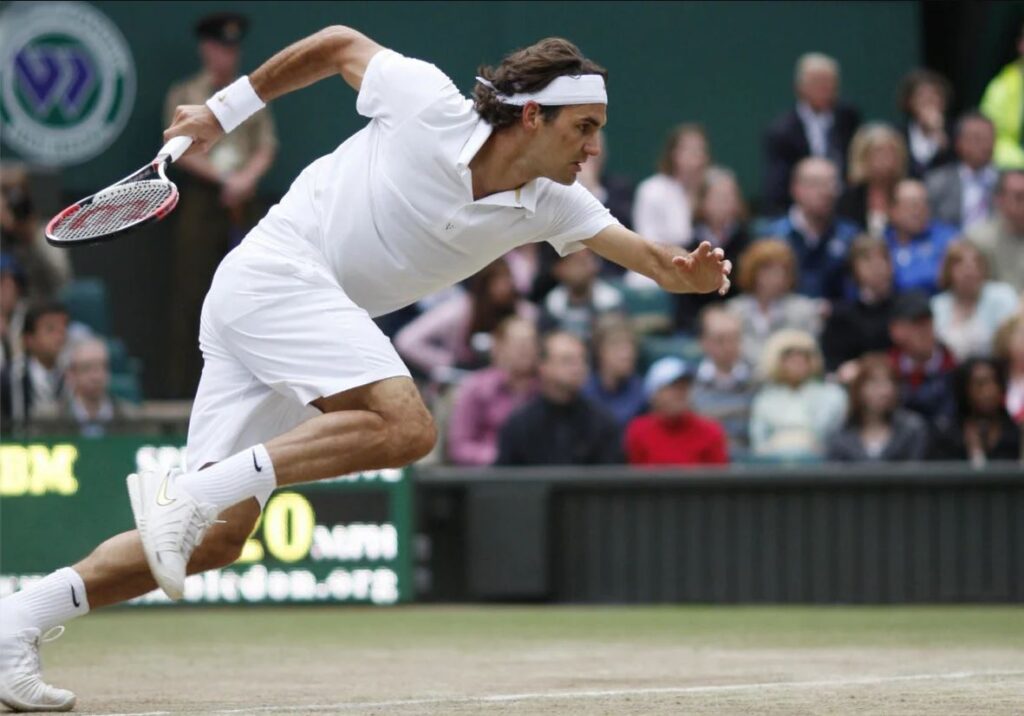
Speed, on the other hand, is equally critical. It’s about how quickly a player can move around the court, change directions, and react to opponents’ shots. Speedy players like Roger Federer and Simona Halep often outmaneuver their opponents, making it difficult for them to find open court.
Enhancing speed involves agility drills, cardiovascular fitness, and specific tennis footwork practices. It’s not just about running fast; it’s about efficient movement and quick reaction times.
Balancing Power and Speed – Key to Success
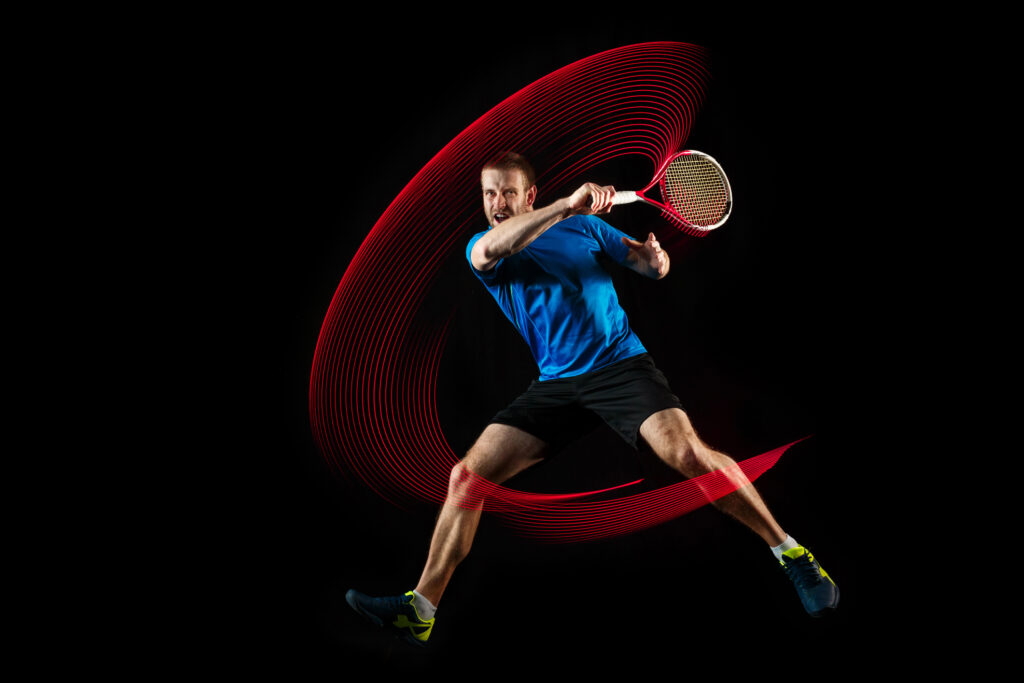
The most successful tennis players are those who have found a balance between power and speed. Novak Djokovic, for example, combines his quick movements with powerful baseline shots, making him one of the toughest players to beat. Balancing these elements requires a tailored training regime that focuses on both aspects equally.
Training Techniques for Boosting Tennis Power
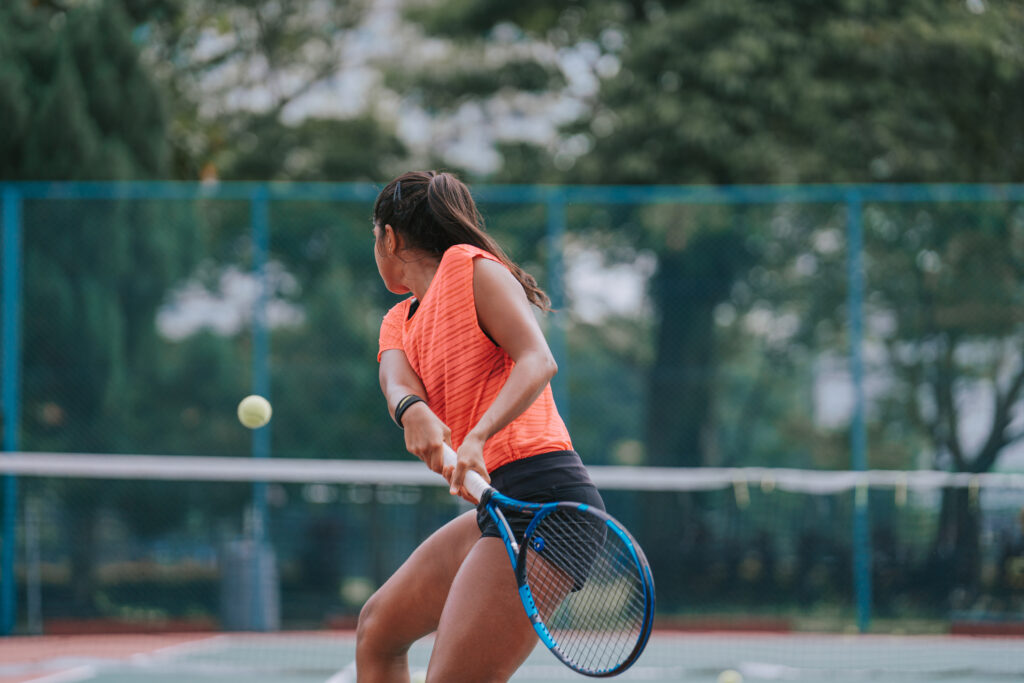
Improving tennis power involves specific exercises targeting the muscles used in tennis strokes. Weightlifting, plyometrics, and rotational exercises are crucial. Additionally, using the right equipment, like a racquet with the appropriate weight and string tension, can significantly enhance power.
Developing Speed – Drills and Strategies
To develop speed, tennis players engage in agility drills, sprinting exercises, and plyometric workouts. Footwork drills, such as ladder exercises and cone drills, are also essential. These exercises not only improve speed but also enhance coordination and balance.
Nutrition and Fitness: Foundations of Power and Speed
Nutrition plays a pivotal role in a tennis player’s performance. A diet rich in proteins, healthy fats, and carbohydrates provides the energy needed for power and speed. Hydration is also crucial. Fitness routines, including cardiovascular exercises and yoga, help in building endurance and flexibility, which are essential for both power and speed.
Technology and Equipment in Enhancing Tennis Performance
Technological advancements in tennis equipment have significantly influenced the game. Modern racquets are designed to enhance power without compromising on speed. Wearable technology like fitness trackers helps players monitor their performance and make necessary adjustments to their training.
The Mental Game: Psychology of Power and Speed
Mental strength is as important as physical prowess in tennis. Confidence, focus, and strategic thinking enable players to utilize their power and speed effectively. Mental resilience helps in maintaining these elements under pressure.
Conclusion: Integrating Power and Speed for Tennis Excellence

In conclusion, the debate of tennis power vs. speed does not have a straightforward winner. Both elements are vital and work in tandem to create a formidable tennis player. By understanding, training, and balancing power and speed, players can elevate their game and excel on the court.
Remember, tennis is not just a physical game; it’s a mental battle too. The right combination of power, speed, and mental acuity is what makes a champion. As you work on these aspects, always strive for balance and harmony in your game.
With dedication and the right training, you can develop a play style that perfectly blends power and speed, making you a formidable opponent on any tennis court.

